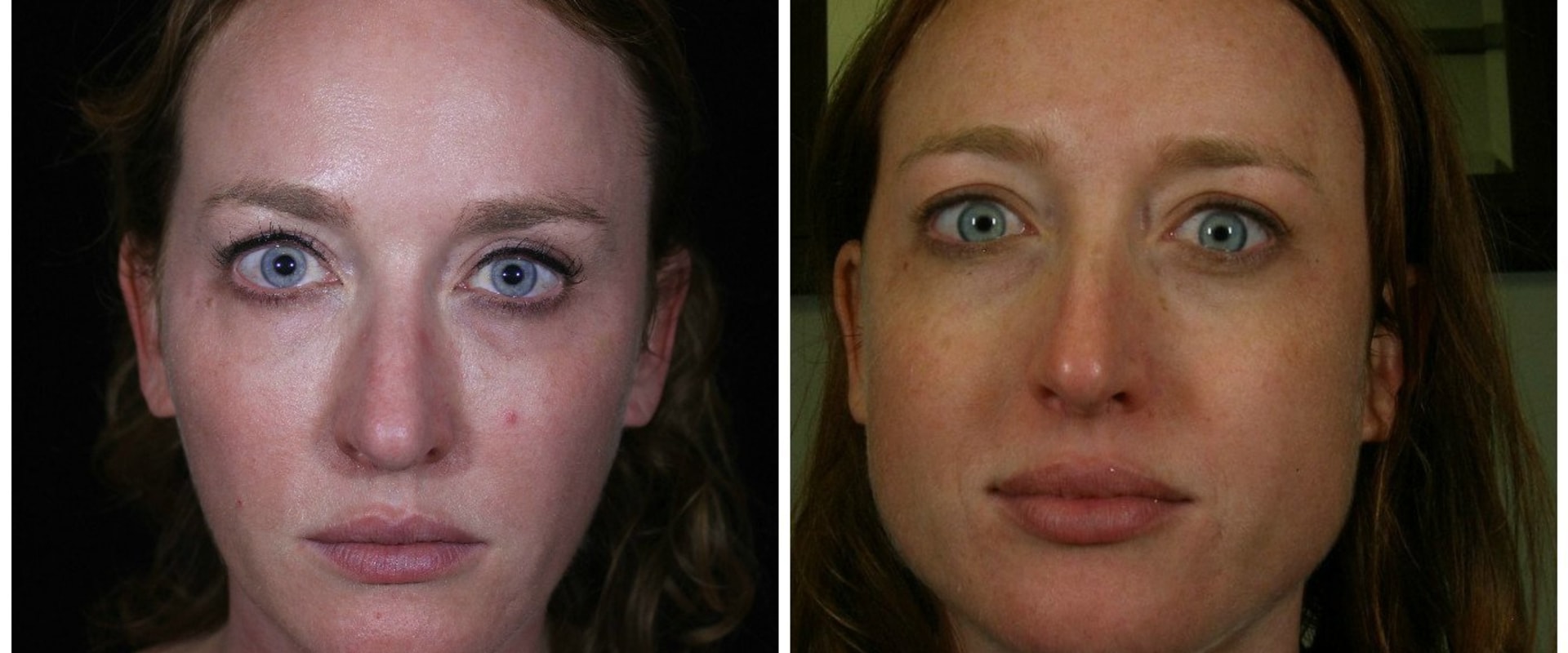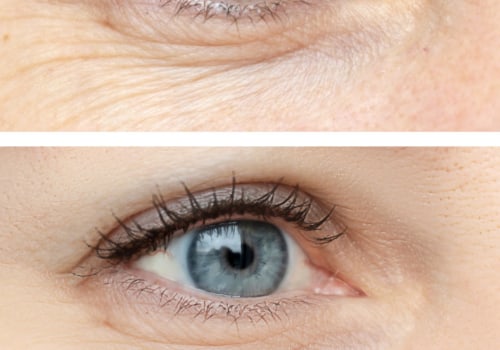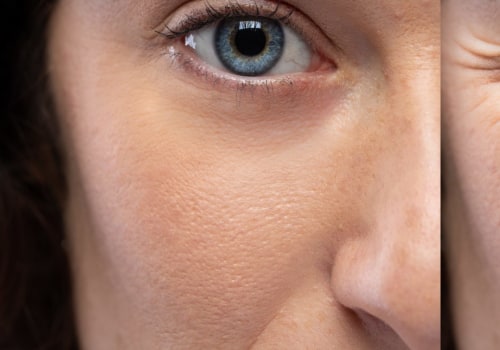Most patients see the effects of Dysport within three days of the injection, and the injected muscle relaxes completely within a week. This is because the whole protein has to bind to another protein in the muscles, and when these two proteins combine, acetylcholine cannot communicate with muscles. It usually takes between 24 and 96 hours for this process to occur. After 4 months, the treated muscles will slowly regain their strength, and it will take a few more weeks before the injected area returns to its pre-treatment shape.
Studies show that Dysport maintains its effectiveness longer than Botox, and a duration of 5 to 6 months has been described more frequently for the lighter neurotoxin. An unqualified provider may inject Dysport incorrectly or use an inadequate dose, jeopardizing both the appearance and function of the part of the body being treated. Dysport in Oklahoma City can stop the upper eyelids from twitching uncontrollably for about a third of the year. This injectable is gaining popularity because it can help reduce lines between the eyebrows, which are more common than you think.
By following the treatment regimens before and after Dysport, you can ensure that the effects of the drug persist for a long time. With visible results in just one week, a robust safety profile and no downtime, Dysport could be exactly what you're looking for if you want to revitalize your appearance or delay the development of lines and wrinkles. In addition, your treatment session will last longer if you need to combine other cosmetic treatments, such as dermal fillers, with Dysport injections. If you can see the lines between your eyebrows when you look in the mirror and your topical anti-aging products just aren't working, you may be a good candidate for Dysport.
Both Botox and Dysport are processed forms of crude botulinum toxin, although their manufacturers use different processing techniques. There is currently not enough scientific evidence to support the beneficial impact of zinc in Botox or Dysport injections. In theory, botulinum toxicity is more likely to occur after treatment with Dysport because of its faster rate of diffusion. As mentioned above, the only indications for Dysport approved by the FDA at this time are severe glabellar lines and spasticity of the neck and limbs.
If administered immediately after the Dysport injection, improving facial blood flow may reduce the absorption of the drug and the duration of action on nerve endings. You'll probably be considered a good candidate for Dysport if you're in relatively good health, your skin is healthy, and you're concerned about dynamic wrinkles and creases. You can generally expect to start seeing results from Dysport two to four days after the injections are given. Some of the first areas of the face to receive FDA approval for Dysport treatment were those close to the eyes, since this is where you can see crow's feet, which are horizontal lines that extend from the outer regions of the eyes.




